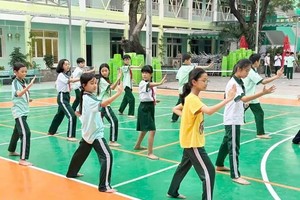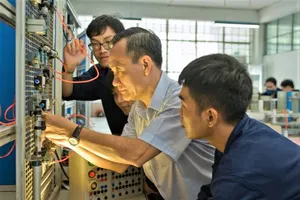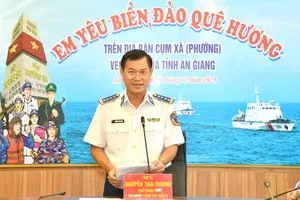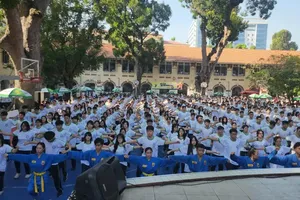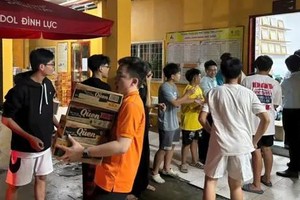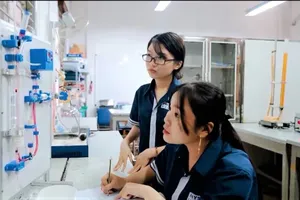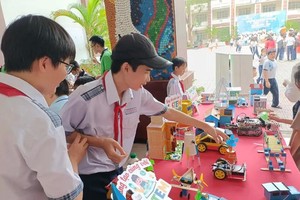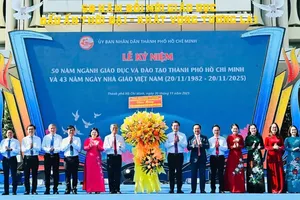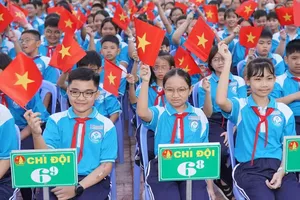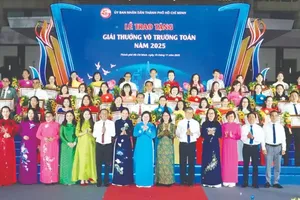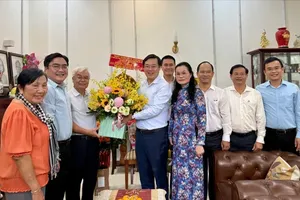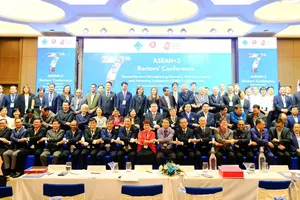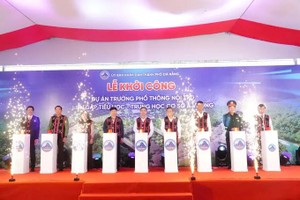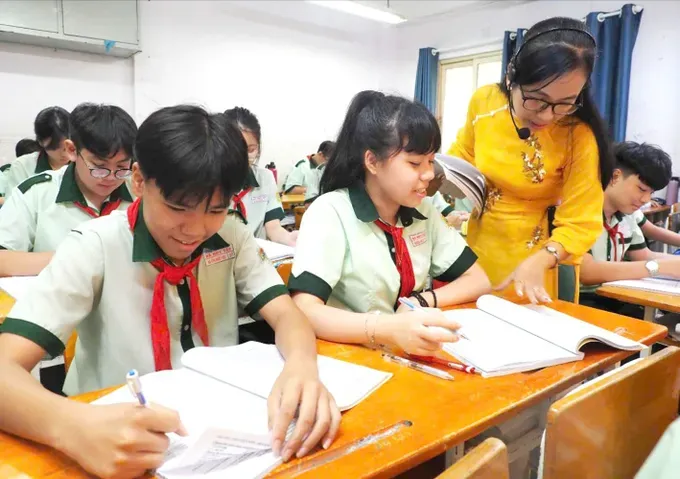
Director Nguyen Van Hieu of the HCMC Department of Education and Training informed that the merger of the three former territories – HCMC, Binh Duong Province, and Ba Ria – Vung Tau Province – has transformed HCMC into the nation’s largest educational hub.
It now presides over 3,500 educational institutions, catering to nearly 2.6 million students and employing a workforce of over 100,000 administrators and teachers. “This presents a monumental opportunity”, he noted, “paving the way for the education sector to flourish under more favorable conditions.”
The advantages are twofold. First, concerning the quality of education, all three former localities boasted strong and relatively uniform standards. This consistency, it appears, will facilitate a smoother and more rapid stabilization of educational quality post-merger. Second, on the policy front, each of the three regions had already instituted income support policies for their educators. These existing frameworks reportedly created a foundation of trust, encouraging administrators, teachers, and staff to remain committed to their profession.
For instance, the former HCMC had implemented Resolution 08/2023/NQ-HDND, which provided supplementary income for public sector employees. In a similar vein, both Binh Duong and Ba Ria – Vung Tau provinces had their own supportive measures for teacher income.
Building on this precedent, the education sector is now advising the HCMC People’s Committee to propose new resolutions that will institutionalize these additional income benefits city-wide. The goal isn’t just to ensure staff feel secure, but also to craft new policies that attract highly skilled professionals to the metropolis.
However, the merger isn’t without its formidable challenges. The most pressing issue is a persistent teacher shortage that permeates all three areas and spans every educational level. This deficit is particularly acute in specialized subjects such as English, Music, and Fine Arts. It’s a tough nut to crack and one that defies an immediate solution.
Furthermore, the expanded and more geographically diverse jurisdiction – now encompassing a mix of urban, rural, island, and special zones – imposes new demands on the education sector to innovate its teaching and learning strategies.
As an immediate course of action, Director Nguyen Van Hieu explained that the HCMC Education and Training Department is increasing its “direct orders” for graduates from universities. “At the same time, we’re not reinventing the wheel”, he added. “We’ll continue to scale up successful pre-merger initiatives, such as the ‘digital classroom’ model for remote instruction and the use of professional clusters for experience sharing to elevate teacher competency.”
Chief of Office for the HCMC Education and Training Department Ho Tan Minh clarified that there are currently no plans to swap, merge, or share existing school facilities. “In this initial post-merger phase, the rule of thumb is to maintain the status quo of our infrastructure”, he stated. “This ensures stability for both teaching and learning, which is paramount for our teachers and students right now.”
Nevertheless, as operations begin to normalize, the sector will explore further strategies for infrastructure investment. A key part of this will be the deployment of a unified online enrollment system, which will leverage the power of geographic information systems (GIS), intentionally making it easier for students to attend schools closer to their homes and to simultaneously increase the prevalence of full-day schooling.
Furthermore, drawing on demographic data for the school-age population (ages 3-18), the education sector will advise the municipal government on strategic investments in new school construction. The objective is to maximize resource efficiency, thereby tackling issues of overcrowding and localized facility imbalances that lead to waste.
Concurrently, to enhance the quality of education, the city will continue the effective implementation of several key projects. These include the “Integrated English and Vietnamese Program for Maths and Science”, the “2021-2030 Plan to Enhance IT Skills for Students to International Standards”, and pilot programs for schools adopting high-quality, globally integrated educational models.
The city also plans to incorporate successful initiatives from the former provinces, such as Ba Ria – Vung Tau’s “International Integration in Education to 2030” and Binh Duong’s “Human Resources and Facilities Development Plan in the 2024-2030 Period”.
For the 2025-2026 academic year, the staffing levels and employee numbers within the specialized departments of the three former Departments of Education and Training will be maintained. In the subsequent years, however, the entire sector will embark on a roadmap to streamline its state-funded payroll by a minimum of 20 percent.


